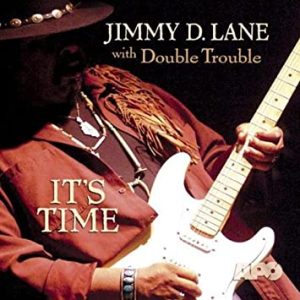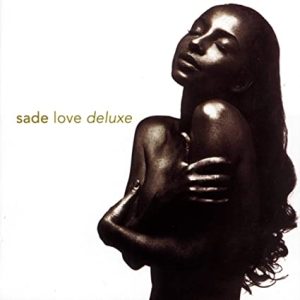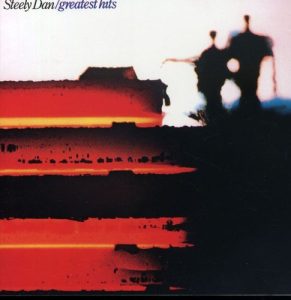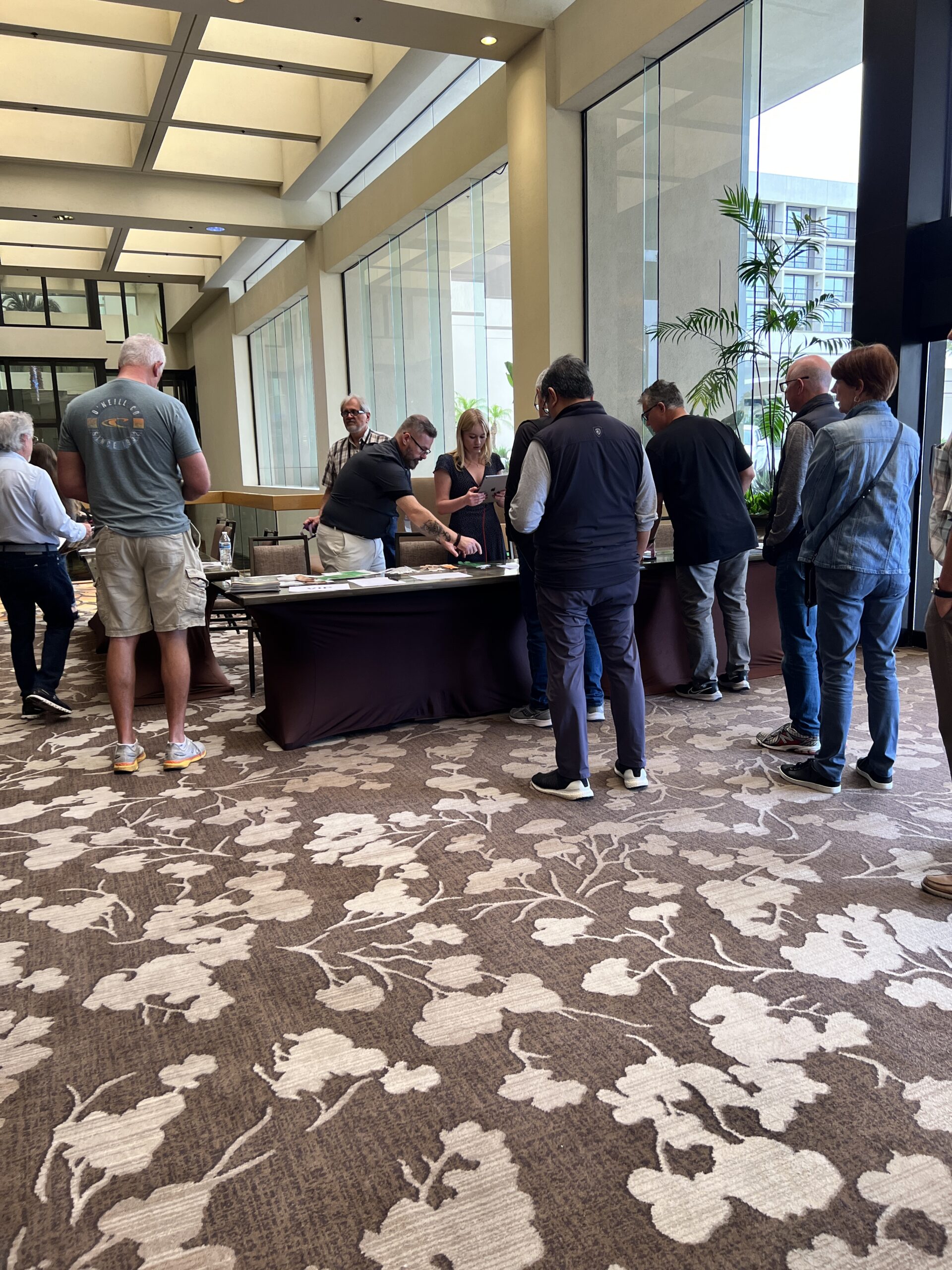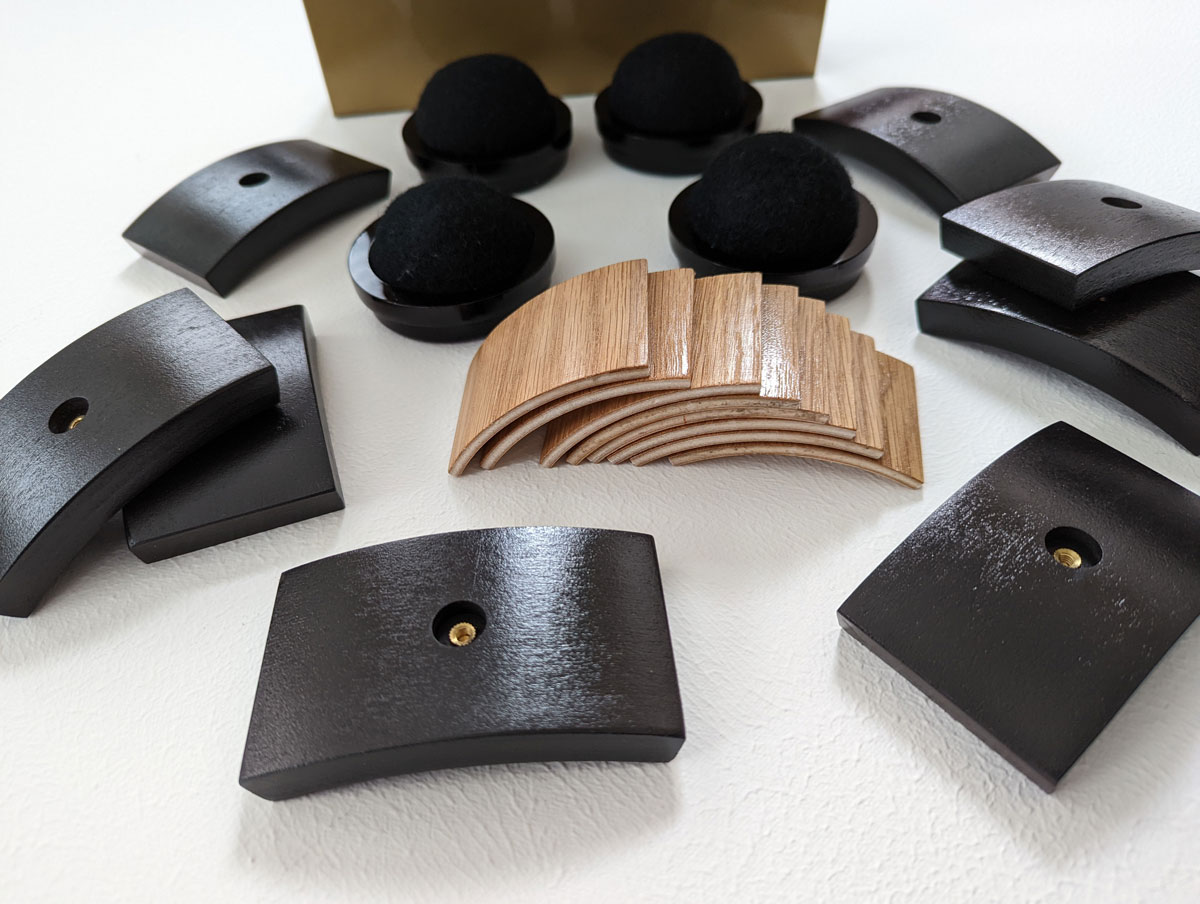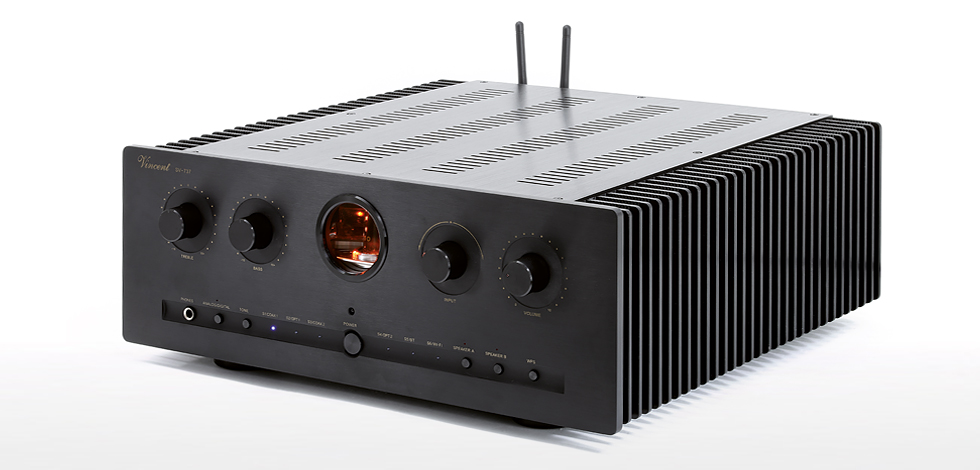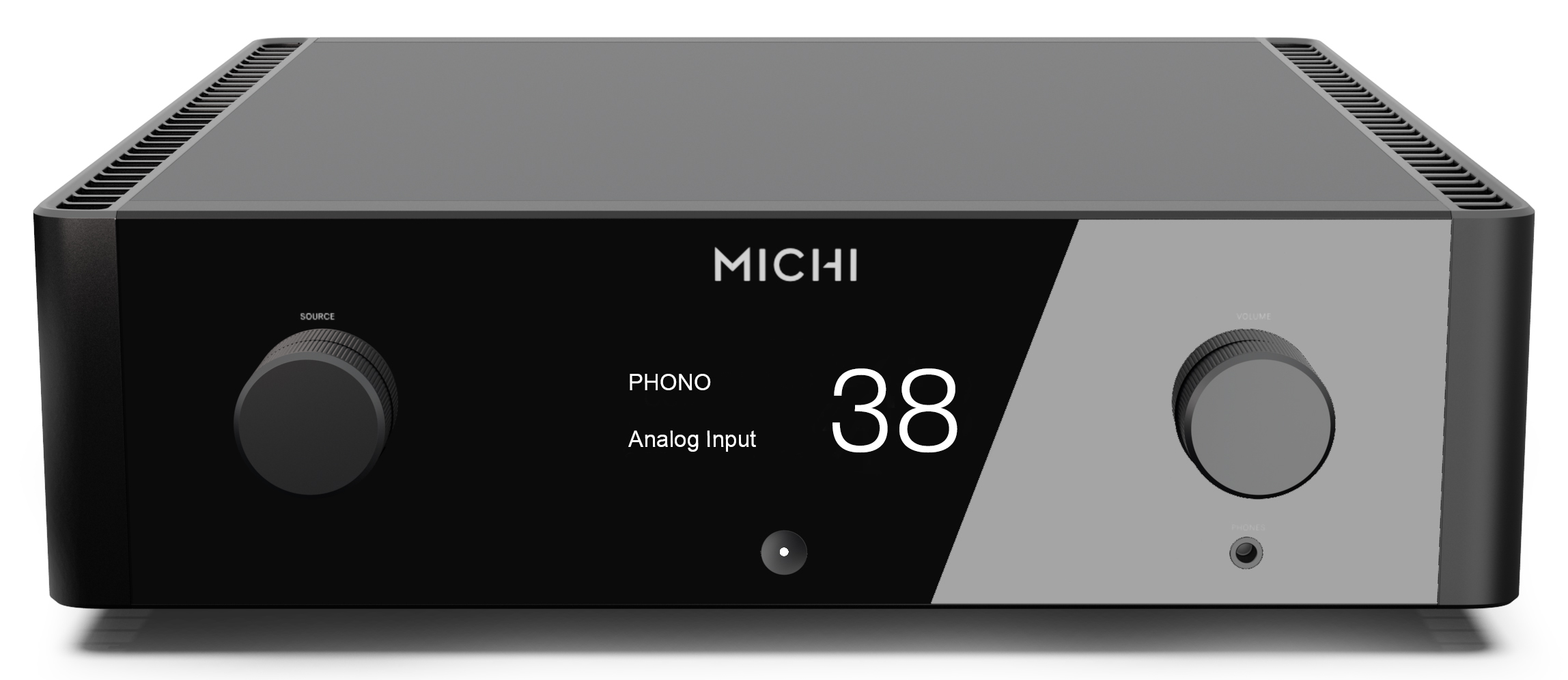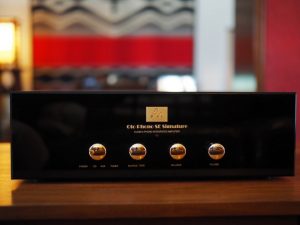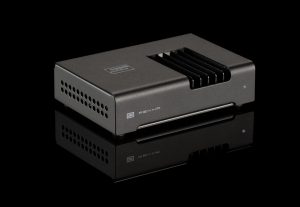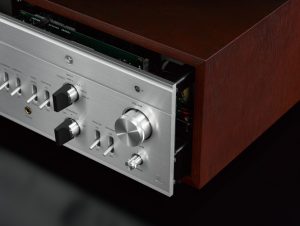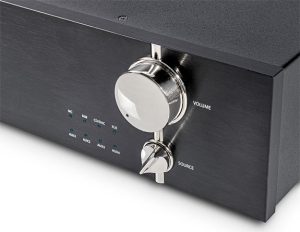I can't remember the exact date, around the late eighties, nor the exact model, but I used to own a Rotel integrated amp in my fledgling days of High-End audio. It served me well. Admittedly, back then my audio concerns were mostly of function over form. Did it have enough inputs? Does it have a remote control? Does it run hot? Ah the good old days. Okay, so I did read the Absolute Sound and Stereophile back when those magazines were pocket sized, and the seeds of audiophilia were sewn. And soon words like soundstage and presence started to creep into my vocabulary. I actually started to worry about the sound quality of gear. And the rest, as they say, is history. Ah, ignorance is bliss! Let's set the time machine to the present. I am privileged to have a Rotel integrated amplifier once again in my system. This time around a Rotel A14 Mk II. This amplifier, while very different from my old Rotel of yore, still has that pedigree that drew me to this company in the first place. Things like solid build quality, good sound, and getting a good bit of product for your money.
I have been living with two Marantz integrated amplifiers in my system for quite a while. A stock PM 8004 and a modified to the hilt Reference Line PM-15S1. More on those later. Over the years I have had quite a few configurations of gear. Separates, mono blocks, integrated, tube, hybrid, Class A, Class D to name a few. After all that gear, the convenience of a well-appointed integrated amplifier is appreciated, especially the older one gets. Isn't the point of all this is the pursuit of music? Although both the Marantz amps have a built-in phono section, there is no built in DAC, USB, or even a Bluetooth receiver for one's musical convenience. If I want those features, I have to slap an extra box on, and the mandatory interconnects and power cords.
Enter Rotel and the Rotel A14 MKII. This amplifier is listed under Music Systems on their website, which includes integrated amplifiers, stereo preamplifiers, stereo amplifiers, and CD players. As well as stereos, Rotel also manufactures Home Theatre, Whole House Audio, and their upmarket stereo products, the Michi Line. The sleek and handsome A14 MKII integrated amp sports every component to listen to music through built inside its sleek chassis. As well as five analog inputs, a pre out, and MM phono input, It has installed in its chassis, a "fully redesigned" D to A converter which uses the Texas Instruments 32-bit/384khz DAC which is said to have "exhausting tuning and hand selection of all critical components." This DAC has four digital inputs, two coaxial, and two Toslink (Yes!). There is a front connection for USB (for Apple products), on the rear an RS 232 input, a Network connection, PC USB for connecting a computer, USB Power for charging or powering USB devices including music streaming players, Rotel in/out links, a 12-volt trigger, wireless aptX, and AAC Bluetooth streaming. In the settings menu on the front screen, there are a myriad of settings for everything as well as tone, balance, volume preset, USB power, volume preset, power off timers, signal sense-USB audio mode, and configures the network. Oh, let's not forget the four speaker outputs. This baby is set to go!
Yes, plug and play in an audiophile package. I'm envious. If that's not all, the faceplate sports corresponding buttons for said inputs and outputs, menus, and speakers. There is a 3.5 headphone jack, a 5V, 2.1 A USB input with a generous volume knob, and power button on opposite sides of the clean utilitarian, but very informative display screen. My sample was in an all-textured silver. Its design is very clean, intuitive, easy to use with a solid feel to the buttons, and volume control. Connections are very solid, and the remote is very responsive.
I mentioned my Marantz gear above. Please allow me to explain. I have a similar, but older amplifier in the PM 8004 in that it has 5 analog inputs which includes a MM phono section along with two sets of speaker outputs. I use it for parties because of its extra pair of speaker outs for the outdoor speakers hanging out on the patio. This amp saves my good amp from getting beer and or food accidentally spilled on it. It has served me well at many parties. The Reference Line PM15S1, on the other hand, is a different beast altogether. I have mentioned it in these pages before. It was modified by the Upgrade Company. They concentrated on upgrading the parts and shielding against EMF inside of the unit. It was worth it, to me. It has fended off many more expensive amps that have come through my house, tube, or solid state. I realize few people have an amp like this to relate to. But it says a lot if an amplifier can come into my system and stand up to this unit.
The Rotel A14 MKII was installed into my system, which includes a Kuzma Stabi/Stogi turntable with a Hana EH high output cartridge, Peachtree Dakit, Sony UBP-X800X2 Blue Ray Player, Marantz Reference Line integrated amplifier, PM15S1, Marantz Reference Line SA-15S2 CD/SACD Player both modified by The Upgrade Company, a Roku Streaming box, on occasion a Sophia Electric Magik Box, and Margules Audio FZ47DB MM phono preamplifier, JS Labs Superconductor interconnects, and Transparent Audio Musicwave speaker cables. Speakers are the venerable Fritz Morels.
Before I get to the sound of the A14 MKII, how refreshing and convenient it is to have a one box unit control all of your music. At last count I have four external boxes hooked up to my amplifier in service to making music and movies from my system. It was so nice to just press one or two buttons and get music without having to turn on, adjust, and fiddle with something. Come on admit it audiophiles, we have too much gear.
As is the case with my reviews, I played a lot of music while breaking in and getting a feel for the sound of a component. A lot more than the specific examples used for this review. But when critical listening, I narrowed down my choices to a select few because I had these recordings in multiple formats, and I am quite familiar with sound of them. I do not have a Network system in my house, so I did not use that input. I also did not use the PC USB input due to it proving to be too much of a challenge to move my PC into the listening room where I have my stereo set up. We do have a laptop, but there is no music set up on it.
I started with the Bluetooth connection. The connection from either my Samsung Galaxy S10+ Phone or Samsung Galaxy Tab A tablet was swift and flawless. Range from the amp to devices was 30 to 35 feet in my house before things started to break up. At that point I was at the front door and heading outside. I played tunes downloaded on my phone from Spotify on the very high settings on Wi-Fi streaming and Cellular streaming, and download quality is set to very high. I couldn't find sample rates on the Spotify menu for these settings, only the high tech one word explanations Spotify provides. The Bluetooth input on the A14 MKII hooked up flawlessly compared to my external BT box, the name of which rhymes with Claudioengen. That old box was an absolute lesson in frustration when trying to get it to work. Again it is so refreshing to be able to press a button or two and have music playing quickly and easily. I felt the internal Bluetooth streaming of the A14MKII sounded better than the sound of my old BT box. The music sounded smooth and non-fatiguing and fun to listen to. I also listened to some Sirius XM to the Rotel through my Samsung tablet. The Spotify signal sounded better than the Sirius XM. The signal through Sirius XM, while listenable, sounded noticeably thinner. Other than that, there was not really any sonic anomaly sticking out anywhere in the playback that made you stop and take notice, other than the requisite less dimensional sound and curtailed dynamics Bluetooth is famous for. But here is where Rotel's inherent sound and built in DAC in this amplifier helped in improving the sound of Bluetooth to render a more dimensional sound field and solid bass frequencies. Actually the bass wasn't curtailed that much after listening to Reggae style music from the group Stick Figure and a bit of Slightly Stoopid showed me differently.
Ripped from CDs and into my wife's iPod Nano 7th generation and plugged into the front USB input of the A14 MKII designated for Apple use only, I got lost in the music from John Lodge, the Grateful Dead, Porcupine Tree, and loads of classic R&B. My wife loves the R&B, I snuck in the rest. The little Nano was playing its heart out and brought instant fun to the proceedings. I am sure, no doubt due to the Rotel internal DAC taking over processing duties once the Nano was plugged into the amp, it sounded better than what I heard from one of our iPhones playing either Spotify or Sirius XM from the same input. CD rips sounding better than downloads from either of those two streaming services. It did to me. It sounded better than the Bluetooth input. The sound took on a bit more fullness, solidity, and overall fidelity. And I have to emphasis here loads of fun and hassle-free music.
Next, I connected my Sony UBP-X 800M2 Blue Ray player to the coax 1 input on the A14MKII. So the Sony is being used as a transport and we are hearing the Rotel internal DAC doing the processing. Playing both of Steely Dan's CDs Aja and the Mo Fi remastered Gaucho, this combo produced solid bass and dynamics, a nice midrange, and a clean top end. The sound from the mids to the very top end sounding a little thinner than normal, resulting in vocals and horns not as rich or dimensional but acceptable. I mean, you are not going to get tube sound from a solid-state amp hooked up to an inexpensive Blue Ray player. These sonic traits could also be heard on the sax solo on the song "Deacon Blues" from the disc Aja and also on a Telarc (CD83468) and JVC XRCD Sampler (JVCXR-0001-2) I played due to their excellent sound quality. The sound was very listenable, but just a tad thin on piano, snares, and cymbals. The music was still very listenable, and not detrimental to the overall enjoyment of the music. In fact, vocals sounded very neutral and dynamics were solid, deep, and impactful, but never overdone. The way the lower registers are reproduced is a strong point with this amp. I just kept wishing for a bit more fullness from the mids on up. Admittedly the slight thinness heard is no doubt attributed partly from the inexpensive Sony player. Something that was confirmed when the Marantz CDP replaced the Sony. The Rotel A14MKII though easily reflected the sonic differences of all of these discs and gear.
Sending the Sony players signal to my Peachtree Dakit then to the A14MKII produced a darker, warmer sound with the Steely Dan and other CDs. The sound field was spacious, but a little more distant and diffused. That horn section taking on a slightly richer, thicker sound but not necessarily cleaner. At times I felt like ratcheting up the clarity one or two notches, if there was such a knob for that use. Switching back to the Sony hooked to one of the Rotel Coax inputs and utilizing the internal DAC of the Rotel A14MKII brought more clarity and light, and more dynamics back to the sound. The Rotel DAC has very good clean and clear tone. When I dug up an old gem of a CD, December from George Winston on Windham Hill Records, (it is Christmas after all), I easily heard the inner detail of space, both inside the piano and the hall itself. One could easily hear the way the piano was recorded on this disc. You also really get a feel for the way this amplifier manages the power and weight of the lower registers of the piano. This was heard especially well on track 2 "Jesus, Jesus, Rest Your Head." This is where the Rotel DAC had it all over the Dakit. It sounds solid, deep, well-paced, and musical with a good grip on dynamics. Weather acoustic bass, electric or synth, drums, or piano. The A14 MKII never sounded overpowering or out of balance in regard to bass and dynamics. The built in DAC in the A14MKII easily competes with DAC's costing up to $500 or more.
Next in line we hooked up my modified Marantz Reference Line SA15S2 SACD player to one of the RCA inputs. This was the best combination for sound I got for the review from the A14 MKII. Playing Steely Dan's Mo Fi release of the CD Gaucho, lower frequencies sounded deep, solid, taut, and gutsy. Bass lines sounded agile, dimensional, and effortless. The midrange sounded very clean, clear, tonally correct, and very grain less through this combo. Though still cool sounding, there was now a slight warmth and richness to the music. Detail was very good. Tone sounded natural. There was a noticeable increase in spaciousness and dimension, and an increase in the depth of stage to the sound. The top end sounded naturally extended clean, and again dimensional in the sense that when cymbals are struck, the sound floats off to the front, rear, and sides of the space in front of you so effortlessly. With this set up you get the sense that you could almost step into the soundstage and walk around the instruments.
It was a blast playing the track "Down Home Chrome" from Jr. Brown and Jimmy D. Lane's SACD It's Time. Jr.'s voice is so rich and expressive and so natural on this disc it dominates the recording and your attention. On Jimmy D's disc the list of people on this record is absolutely stellar. He gets backup from Double Trouble, yes that Double Trouble on the rhythm section. There was the late Mike Finnigan and Delia Price on Hammond D3. Chad Kasem produces and none other than Eddie Kramer producing, recording, and mixing. Jimmie's gruff voice comes out loud and clear. In fact I don't know what sounded rougher, Jimmy's voice or the two Hammond B3s cranking along in the background. The Rotel A14 MKII Marantz combo let these nicely recorded discs play with very little hindrance. There was a wide and deep stage, solid dynamics, and clean balanced sound to all of this beautiful music.
I next played an JVC XRCD sampler JVCXRC 0001-2, which contains jazz and a few bluesy cuts. Again, with this combo I quickly noticed the jump in sound quality compared to using the stock Sony as a transport.
Next, I put on Vision, The Music Of Hildegard Von Bingen. Here again I was treated to solid, tight bass, neutral vocals, and clean cymbals that floated over a wide and deep soundstage. The little Rotel amp was playing its heart out on this disc, pouring out solid dynamics, and an open gutsy sound. Although still there to a smaller degree, the Marantz CD player restored that slight thinness and slight lack of warmth to the Rotel amp. This was also noticed when I played Sade's Love Deluxe CD. With the Marantz CD player, the music had better textures, more naturalness to vocals, and instruments, and more palpable soundstage and images. Music was slightly warmer more natural and had a richer overall musical sound. The switch to my modified Marantz SACD player was easily reflected and stepped up the sound quality quite a bit.
Last but certainly not least I plugged the old Kuzma turntable into the MM phono input of the A14 MKII. Although my cartridge is a high output moving coil, it extracted good performance from my turntable rig hooked up to the Rotel MM phono section. The slight thinness in the mid to upper ranges mentioned above were again somewhat diminished through this turntable rig. This was easily noticed on the double LP set, Steely Dan's Greatest Hits. There was more of a fully balanced sound from top to bottom as compared to when listening to digital sources. Surprise, surprise. Giving credit where it is due, the Hana cart is sweet, dimensional, and everything great other reviewers have said about it. While the phono section of the Rotel A14 MKII doesn't wring out every last vestige of this cart's performance, it does it plenty of justice. Having less soundstage depth, air and inner detail compared to phono preamps costing much more.
In comparing the Rotel amp's sound to what I have at home, the Marantz PM 8004 sounded adequate in the bass, while being warmer and thicker in the midrange. The upper mids to the top end sounded thin and a tad wispy. This made for a weird kind of listen and incongruent frequency balance. But remember this amp mainly gets used at parties where the visitors to my house are either well-oiled, or do not care one iota about High-End sound. The Marantz PM15S1, as I said, is a different beast altogether. This modified amp has a very grainless sound, wide and deep stage, excellent tone, and textured dynamics. The fact that the Rotel A14 MKII is a lot less expensive than my reference amplifier and competed sonically speaks highly to its engineering, build quality, and sonics. Ergonomically there is no contest. The Rotel's set of features should tempt even the most diehard audiophile away from multi-box systems. I sure appreciated the conveniences it brought.
The Rotel A14 MKII is a clean sounding amplifier that leans to the cooler side of neutral with a slight thinness from the upper midrange to the top end. It has very solid yet well balanced dynamics with an open and clean soundstage. The overall tone is neutral and accurate, and for the most part doesn't lean in the extremes in any area. It easily reflects changes in sound quality when changing gear and sources. The more I listened to this amplifier the more I got accustomed to its sound, and the more I appreciated its convenience. I realize there are many integrated amplifiers in this category that compete with the A14 MKII in sound quality and ergonomics all with different sound signatures and build. Rotel even manufactures the Michi line, which is an upscale line of amplifiers. The Rotel A14 MKII is on the top of that list with its solid build, clean sound, versatility and built-in fun. I was glad to have a Rotel amp back in my system even if it was just for a while.
Rotel A14 MKII
Retail: $1599.99
Sumiko USA
11763 95TH Ave N.
Maple Grove Mn. 55369
510.843.4500






